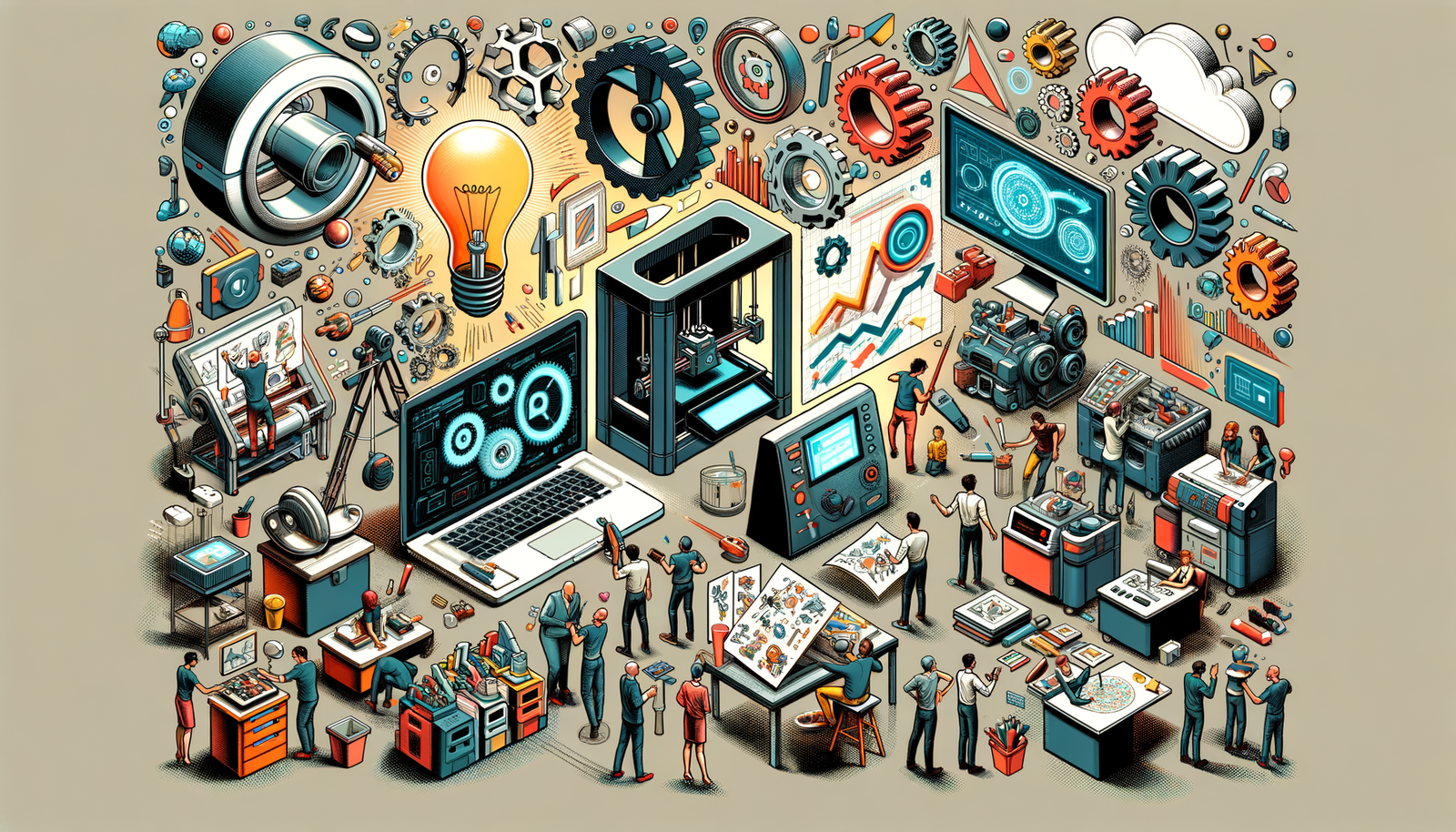Your Cart is Empty
Customer Testimonials
-
"Great customer service. The folks at Novedge were super helpful in navigating a somewhat complicated order including software upgrades and serial numbers in various stages of inactivity. They were friendly and helpful throughout the process.."
Ruben Ruckmark
"Quick & very helpful. We have been using Novedge for years and are very happy with their quick service when we need to make a purchase and excellent support resolving any issues."
Will Woodson
"Scott is the best. He reminds me about subscriptions dates, guides me in the correct direction for updates. He always responds promptly to me. He is literally the reason I continue to work with Novedge and will do so in the future."
Edward Mchugh
"Calvin Lok is “the man”. After my purchase of Sketchup 2021, he called me and provided step-by-step instructions to ease me through difficulties I was having with the setup of my new software."
Mike Borzage
Real-Time Feedback in Design: Enhancing Precision and Efficiency with Advanced Technologies
September 13, 2024 4 min read


The Necessity of Real-Time Feedback in Design
Real-time feedback in design refers to the immediate response and insights provided to designers as they work on their projects. This mechanism is crucial in modern design processes because it allows for on-the-fly adjustments and improved decision-making. Historically, feedback cycles in design were slow and cumbersome, often requiring physical prototypes and extensive review periods. Over time, technology has drastically shortened these cycles, allowing for more fluid and dynamic design processes.
The integration of real-time feedback significantly impacts both the quality and efficiency of design. By enhancing design precision and reducing errors, real-time feedback ensures that potential issues are identified and resolved promptly. This accelerates iteration cycles, enabling faster decision-making and reducing the overall time to market for products. In fields such as architecture, engineering, and product design, real-time feedback is essential for maintaining competitive edge and meeting client expectations.
Real-time feedback is applicable across various domains, including architecture, engineering, and product design. These fields benefit from the immediate insights provided by advanced design software. For instance, in architecture, real-time feedback can help in visualizing structural integrity and aesthetic appeal simultaneously. Similarly, in engineering, it aids in optimizing mechanical functions and safety features during the design phase.
Core Technologies Enabling Real-Time Feedback
The foundation of real-time feedback in design is built on robust data processing capabilities and computational power. High-performance computing (HPC) and graphics processing units (GPUs) play a pivotal role in managing complex calculations and rendering tasks with minimal latency. The importance of low-latency data processing cannot be overstated, as it ensures that feedback is provided instantaneously without disrupting the designer's workflow.
Artificial intelligence (AI) and machine learning (ML) are also crucial in enabling real-time feedback. Predictive analytics help anticipate potential design issues before they become significant problems, thereby facilitating proactive adjustments. Moreover, AI-driven design suggestions and optimizations offer valuable insights that enhance the creative process and improve design outcomes.
Cloud and edge computing further support real-time feedback by enabling distributed computing environments. Cloud computing allows for collaborative design efforts where multiple stakeholders can provide input simultaneously, regardless of their physical location. On the other hand, edge computing ensures that feedback is processed locally and immediately, reducing dependency on central servers and minimizing latency.
Integration into Existing Design Workflows
There are numerous software solutions and tools available that offer real-time feedback capabilities. These range from comprehensive design platforms to specialized plugins and add-ons that enhance feedback mechanisms. Some of the leading design software include features like real-time rendering, instant error detection, and collaborative design environments.
To successfully integrate real-time feedback into existing design workflows, it is essential to follow a structured approach. Here is a step-by-step guide:
- Assess current design processes and identify areas where real-time feedback could provide the most benefit.
- Select appropriate software tools that offer the desired feedback capabilities.
- Train design teams to effectively use new tools and incorporate real-time feedback into their workflows.
- Monitor and evaluate the impact of real-time feedback on design efficiency and quality, making adjustments as necessary.
One of the key challenges in implementing real-time feedback is ensuring interoperability across different software platforms. Compatibility issues can hinder seamless integration and reduce the effectiveness of real-time feedback. To address this, it is crucial to focus on data standardization and integration protocols that facilitate smooth data exchange between different systems.
Future Trends and Innovations
The future of real-time feedback in design is being shaped by next-generation feedback mechanisms. Advances in immersive technologies such as virtual reality (VR) and augmented reality (AR) offer unprecedented opportunities for real-time interaction with design elements. These technologies allow designers to visualize and manipulate 3D models in a more intuitive and engaging manner, providing immediate feedback on changes.
Digital twins, virtual replicas of physical assets, are another emerging trend that enhances real-time feedback. By creating a dynamic digital counterpart of a physical object, designers can simulate and test various scenarios in real time, leading to better-informed design decisions. This approach is particularly valuable in complex engineering projects and smart city planning.
Real-time feedback is also expanding beyond traditional design fields. In bio-design, for instance, real-time feedback can be used to monitor and adjust biological processes in real-time, leading to more efficient and sustainable solutions. Similarly, in the development of smart cities, real-time feedback mechanisms can help optimize infrastructure design and urban planning for better living conditions.
Looking further ahead, the potential impact of quantum computing on real-time feedback is an exciting prospect. Quantum computing promises to revolutionize data processing capabilities, offering exponentially faster computations that could transform how real-time feedback is provided and utilized in design processes.
While the advancements in real-time feedback offer numerous benefits, they also raise important ethical and security considerations. It is crucial to manage data privacy and protect intellectual property, especially when dealing with collaborative design environments. Additionally, the ethical use of AI in automated feedback systems must be carefully considered to ensure that these technologies are used responsibly and transparently.
Also in Design News

Rhino 3D Tip: TransformAgain: Repeat Exact Move/Rotate/Scale Transforms Across Objects
December 26, 2025 2 min read
Read More
Cinema 4D Tip: Connect Objects + Delete for clean, export-ready meshes
December 26, 2025 2 min read
Read More
Revit Tip: Revit Conceptual Mass Workflow: Setup, Parametrics, and Conversion
December 26, 2025 2 min read
Read MoreSubscribe
Sign up to get the latest on sales, new releases and more …


